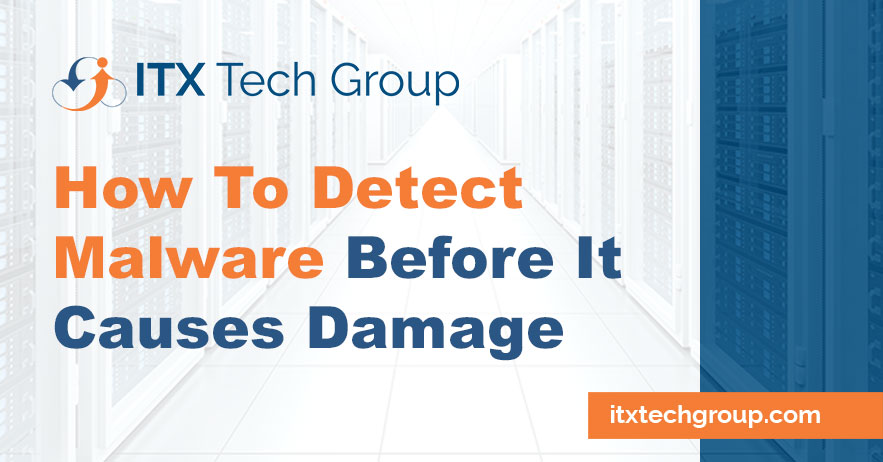In the digital realm, where businesses rely heavily on technology, the threat of malware looms ominously.
Malware, short for malicious software, is a lurking danger that can wreak havoc on businesses by stealing data, disrupting operations, and causing financial losses.
In this article, we’ll delve into what malware is, explore the various types of malware, and provide insights into detecting malware before it inflicts damage upon a business.
What is Malware?
Malware is a broad term encompassing various types of software designed with malicious intent. It aims to infiltrate, compromise, and exploit computer systems, often leading to data breaches, theft, and system disruptions.
Malware can spread through email attachments, infected software downloads, compromised websites, and more.
Types of Malware
- Viruses: Viruses attach themselves to legitimate files and spread when these files are executed. They can corrupt data, slow down systems, and self-replicate.
- Worms: Worms are standalone programs that spread rapidly across networks, exploiting vulnerabilities to infect multiple systems. They can overload networks and compromise sensitive data.
- Trojans: Trojans disguise themselves as legitimate software to trick users into downloading and installing them. Once activated, they can grant unauthorized access, steal data, or create backdoors for attackers.
- Ransomware: Ransomware encrypts files and demands a ransom in exchange for the decryption key. It can cripple businesses by locking critical data until the ransom is paid.
- Spyware: Spyware secretly monitors user activities, capturing sensitive information like passwords, credit card details, and browsing habits.
- Adware: Adware inundates users with unwanted advertisements and pop-ups, often redirecting them to malicious websites.
- Botnets: Botnets are networks of compromised devices controlled by a single entity. They can be used to launch large-scale cyberattacks, distribute spam, or mine cryptocurrency.
Detecting Malware in Business
- Security Software: Invest in robust antivirus and anti-malware software for all devices in your network. Regularly update and scan systems to identify and eliminate threats.
- Firewalls and Intrusion Detection Systems: Implement firewalls to filter incoming and outgoing network traffic. Intrusion Detection Systems (IDS) monitor network activity for suspicious patterns.
- Regular Updates and Patch Management: Keep operating systems, software, and applications up to date to address known vulnerabilities that malware might exploit.
- Employee Training: Educate employees about the dangers of phishing emails and the importance of avoiding suspicious links and attachments.
- Network Monitoring: Employ network monitoring tools to identify unusual patterns or activities that could indicate a malware infection.
- Behavioral Analysis: Implement advanced security solutions that use behavioral analysis to detect abnormal activities indicative of malware.
- Data Backups: Regularly back up critical data to secure locations. This ensures that even if malware strikes, your business can recover data without paying a ransom.
Conclusion
As technology advances, so do the threats posed by malware. Understanding the different types of malware and adopting effective detection strategies is crucial for safeguarding business data, operations, and reputation.
Businesses must remain vigilant, invest in comprehensive security solutions, and prioritize employee education to detect and mitigate malware threats before they wreak havoc.
By adopting a proactive stance against malware, businesses can maintain their digital resilience and ensure the smooth continuity of their operations in an ever-evolving threat landscape.
ITX Tech Group has been serving small, medium, and large scale businesses with their IT support needs all over the United States since 2011, so we’re confident we can provide you with affordable, professional IT solutions for years to come!
Connect with us for a free consultation to discuss your business technology needs.

